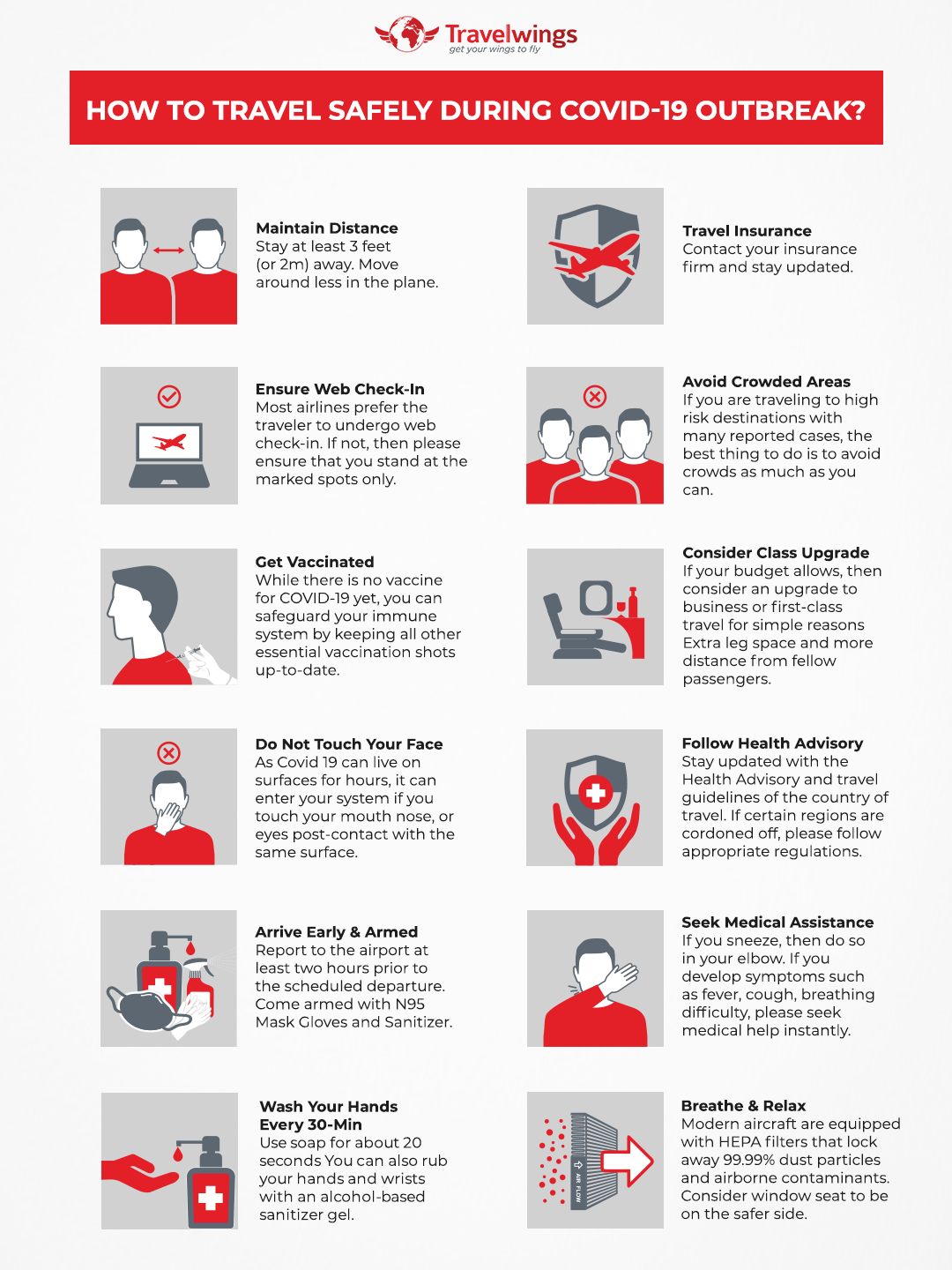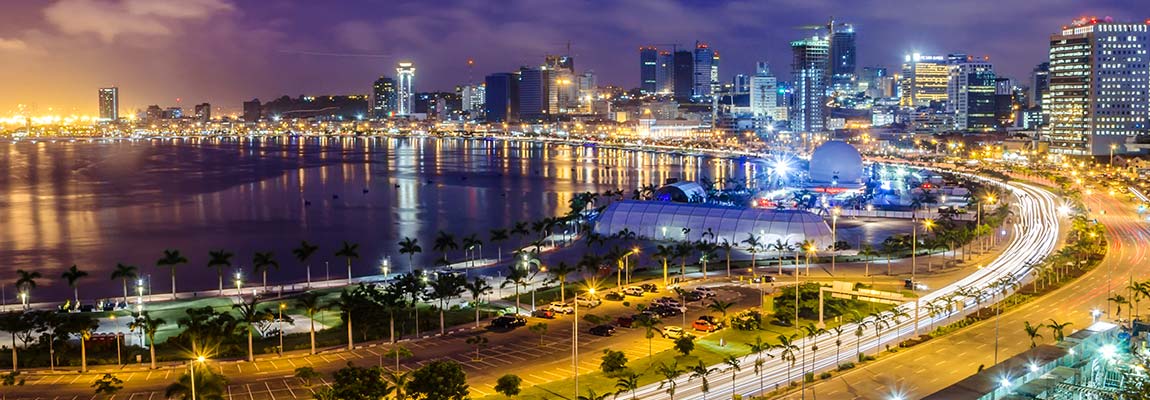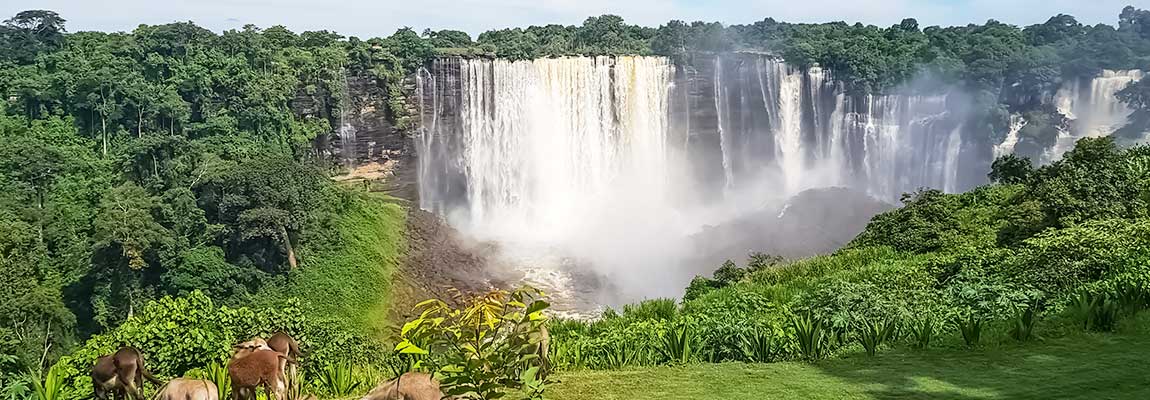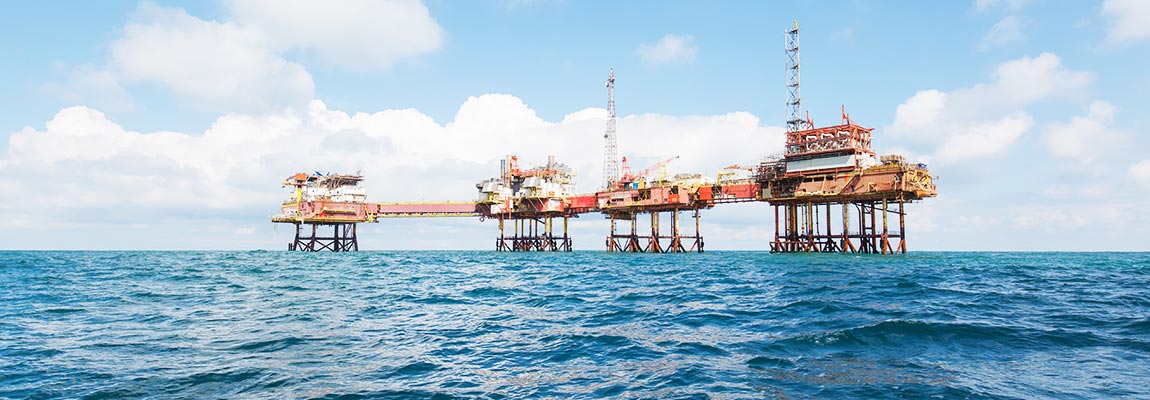






Visit Angola, a vast country in Africa noted for its natural wonders. It has one of the largest waterfalls in Africa called Pedras Negras de Pungo. Luanda is considered the most expensive cities in the world. Knowledge of the Portuguese language is a must to ease the unique travel journey. There are plenty of Angola attractions with miles of beaches and tropical rainforests. Witness the grandeur of the pastel-pink Portuguese colonial buildings. Don't miss out on the rebirth of Angola as the travel guide takes you to the various charms of Angola tourism and things to do.
Famous For: Coastline | World's Oldest Desert | Savanna | Coastal Cities | Natural Resources | Hydroelectricity | Agricultural Land
Time Zone : GMT +1
Driving Side : Right
There are two major network providers in Angola. Unitel is the largest provider while Movicel is partially owned by the state Angola Telecom. There are problems with poor signal, constant drops, and the cost of telephone calls being expensive. Prepaid SIM cards are available at outlets of the provider. Register your SIM card and bring along your passport and valid visa. Africell and Agoracom are the other operators.
Fortunately, there are several hotspots available at airports, stations, libraries, and public squares. You could consider renting a pocket Wi-Fi hotspot device such as ROAMING MAN to get stable connectivity and unlimited data plans. XOXO Wi-Fi is a 4G pocket router that is easy to use, secure and provides a good network in South Africa.

Angola was part of the Kingdom of Kongo in the 14th century where Bantu people lived around the Congo River. Interesting to note that Angola comes from the word Ngola that means king. The country began flourishing as a kingdom and Portuguese explorers set up a trading post at Soyo.
The city of Luanda was founded by Paulo Dias de Novias in 1575. The Slave trade soured trust between the two and millions of slaves were shipped to Portuguese Brazil from Angola between the 16th and 17th century.
Following Brazil's independence in 1836 Portuguese intensified their colonization of Angola. The Angolan coast became an important aspect of the Portuguese economy. Until the 1950s any opposition to colonization was muted.
In 1961, the war for independence erupted and a coup overthrew the Portugal regime. There were divisions between the various liberation movements. This led to a three-decade-long civil war. Portuguese citizens finally returned to Europe leaving the country in bankruptcy. In 2002, a ceasefire finally resulted in democratic elections.
Angola geography shows that the country is bordered by Zambia in the east, the Democratic Republic of Congo in the north, Namibia in the south, and the Atlantic Ocean in the west. The country is located on the southwestern coast of Africa. It was under Portuguese colonial rule for about 500 years. Luanda is the capital and largest city.
Cabinda is an oil-rich area separated from the rest of Angola by a strip of the Democratic Republic of Congo. The discovery of large oil deposits off the enclave of Cabinda led to Angola becoming prosperous. Malongo is primarily where the oil industry is based.
Angola consists of a plateau covered by grasslands. There are lowlands near the coast and in the north is the Congo River. The lowlands rise to the mountainous section. East of the mountains is the plateau that consists of two-thirds of the country. In the south, the country is mainly arid and the far south is on the edge of the Namib desert. The north is a thickly vegetated plateau.
Angola's economy is based on rich natural resources such as natural gas, petroleum, and diamonds. Angola also focuses on non-oil industries such as fisheries and agriculture.
Angola culture and art have been largely unexplored due to the 27-year long civil war. Oral storytelling tradition is prominent in Angolan society. Literary culture developed in the 19th century as political poetry became a large part of the independence movement. António Agostinho Neto is an admired poet and a former president of Angola. Art has its style depending on the ethnic groups. Mask making, wood carving, and ceramic art are popular art forms. Music and art feature in the celebrations and during festivals. Some of the artworks represent mythology figures. Angola is a multicultural country with Portuguese descendants, and other African regions influencing Angolan music. Semba is a popular music form in urban areas.
Food and DrinkAngola traditional food includes arroz or rice dishes such as arroz da Ilha made of rice with chicken or fish. You could also taste arroz de garoupa da Ilha and arroz de marisco. White rice is served with an accompaniment such as chicken or seafood. You will find a noticeable Portuguese influence in Angola traditional food. The most basic meal consists of funge or rice and sauce alone. The downside of Angola is the lack of restaurants outside Luanda, so your hotel restaurant is still your best bet to indulge in tasty native cuisine.
Must-Try Angolan National DishesCatatos (fried caterpillars with garlic), Gafanhotos de palmeira (toasted grasshoppers in red palm oil), Yellow Cocada (Angolan custard), Chikwanga (Cassava flour cake wrapped in dry banana leaves), Kizaka (Boiled cassava leaves mixed with ground peanuts), Muamba de galinha (chicken in red palm oil, garlic, okra and hot pepper), Calulu (a stew made from dry fish and shrimps).
Must-Try Angolan National DrinksKapuka (homemade vodka), Ovingundu (mead made from honey), Whiskey Kota (homemade whisky, Cuca Beer (brew from African palm nut), Palm Wine, Maize Beer, Lagers, Soft Drinks
HospitalityAngolans are hospitable and most likely will host you to their homes than dine out. The most common form of greeting is a handshake and is never rushed. They enquire about each other's family first and concern is a part of the greeting process. Seniors are respected and it is customary to bow when introduced to someone. In rural areas, women do not entertain eye contact much. Although the mannerism is more relaxed with younger Angolans and in Luanda. Angolans strive hard to please and it is difficult to get a definitive answer from them. They do not require much personal space while speaking to someone, so enjoy the hospitality.
The best time to go to Angola is the dryer months of June to September. Angola weather is cooler and it is a great time to explore the wildlife and Angola people. There are fewer rains or storms and the weather is pleasant. The temperature is an average high at around 23°C in Luanda in July. November to May is the hot and rainy season with April having very heavy downpours and storms. Thus, Angola experiences two distinct seasons that alternate between rainy and dry seasons.
Experience the spectacular natural sight in Angola between the cities of Lubnago and Namibe. The must-see Angola attraction is at a height of 2600 m above sea level. Trekkers reach dizzying heights for fabulous vistas. Notice the patches of forest landscapes in Tundavala as well.
Best Time to Visit: Dry Season
Entry Price: Free
Enjoy the Angola tourist attraction situated outside Cameia Park. Notice the abundance of wildlife and rare bird species. The lake is the largest in the country with a 12 km length and at a height of 1000 m above sea level. Take a dip in the lake if you visit in September for pleasant warm waters.
Best Time to Visit: September
Entry Price: Cost of the tour
This fascinating natural area is a 400 sq km forest also called the 'Amazon of Africa'. A great Angola tourism spot, the forest is filled with gorillas, elephants, rare birds, butterflies and more. Immerse yourself in nature and stay at the guest house in the town of Buco Zau in the reserve.
Best Time to Visit: June to September
Entry Price: Cost of the tour
Located in the Namib Desert, the Arch Lagoon is a stunning natural arch rock formation. View the amazing formations, tranquil nature, and shimmering lagoon. Also, witness exotic wildlife and rare species that inhabit the surroundings. It's a popular Angola place to visit.
Best Time to Visit: June to September
Entry Price: Free
The Iona National Park is an expansive area of 15,000 sq km, the largest national park in Angola. This awesome Angola attraction was hit hard by illegal animal poaching during the civil war. The wildlife has been restored and you can witness springboks, cheetahs, ostriches, and more roam around.
Best Time to Visit: June to September
Entry Price: $3.06
This amazing Angola waterfall is the largest in Africa by volume at a height of 344 feet. Reach the Angola attraction as you pass by rocky landscapes and pathways to a waterfall with erosive power. Hire the help of locals to reach the bottom of the waterfall that is in a horseshoe shape. Kalandula Falls is fed by seasonal rains and is a fabulous sight for photographs.
Best Time to Visit: June to September
Entry Price: $7.66 (approx. for a local guide)
If you can make time, a few more places to visit in Angola are,
Most Popular Regions and Cities to Visit in Angola
LuandaAmong the many Angola places to visit, Luanda the capital is a modern city. It overlooks the Atlantic Ocean and has a unique charm about it. The city has many seaports and ships halt en route. There are plenty of Angola attractions to see, but the city is overpopulated, yet unmissable.
Visit For: Fortress of Sao Miguel, Church of Our Lady of Remedies, Iron Palace, National Museum of Slavery
BenguelaThis is an important tourist city with fabulous Portuguese architecture. Interact with friendly locals and enjoy the many beaches located here. The international railways are located nearby and Benguela is a city in western Angola.
Visit For: Playa Morena Beach, Se Catedral, Praia da Caota
KissamaThe city just 70 km south of Luanda is famous for a city named Parque Nacional da Kissama. Kissama is noted for its national park and stunning natural settings. The park is a wildlife sanctuary and home to several African wildlife species. Notice the elephants, buffaloes, and sea turtles among other wildlife.
Visit For: Sangano Beach, Cabo Ledo, Praia dos Surfistas, Fortress of Muxima
HuamboHuambo is an attractive place to visit in Angola for adventures such as canoeing, rappelling, and more. The tropical region is noted for its mining activity. It is one of the best cities to visit in Angola. It is situated in central Angola and is the third-largest provincial city.
Visit For: Se Catedral do Huambo, Miradouro da Lua, Ilha do Mussulo, Cabo Ledo, Tundavala
CabindaCabinda is famous for its marvellous sculptures and the M`Buco-M`Buandi Cemetery. Witness the fascinating 16th-century cathedral and the Kakongo forest reserve. The city is one of the richest in Angola due to its oil.
Visit For: Oil Reserves, Maiombe Forest Reserve, Malongo, Cacongo
More places to visit in AngolaThe colourful festival is widely celebrated in the country. The carnival features parades, shows, performances, and dances. It is celebrated from the last Thursday of the Lenten season until a day before Ash Wednesday.
Location : Angola
Date : 16 February
This is a three-day celebration also known as Festi-Sumbe. It takes place in Sumbe city in the Kwanza province. Enjoy performances from bands, singers, dancers, and music from a variety of genres. The music festival is quite a delight to witness.
Location : Sumbe
Date : September
The festival is a 30-day celebration held in Lubango city in Huila Province. The festival is based on the feast of Our Lady of the Hill. It begins in August and features fashion parades, motorbike racing, music shows, and more. The prestigious Miss Huila beauty pageant also happens at the festival.
Location : Lubango
Date : August
The festival happens every year on the second Friday in November. The feast is to the deity of the waters. Praying to the deity for three days is believed to keep the fishermen safe from the dangers of high tide.
Location : Luanda Cape Island
Date : 10 November
This pilgrimage is popular in Muxima village. This pilgrimage is a religious event that takes place in late August or early September. Over a million people visit Muxima, a popular pilgrimage site. It is the site of the Marian shrine.
Location : Muxima Village
Date : 31 August and 1 September
Other major festivals and events celebrated in Angola are,
All travellers must have a valid passport to apply for an Angolan visa. The passport needs to be valid for one year beyond the date of return. The passport must have at least four blank pages as well as an Angola visa requirement.
Visa-on-arrival/eVisa/ Visa free entryAngola issues eVisa on arrival for citizens from 61 countries. The pre-registration process is online and simple. Upon getting the e-receipt of the application, the print out can be presented to the immigration office on arrival in Angola. The cost of eVisa is $120 (approx.) that can be paid on arrival. The validity is 30 days after arrival. The citizens of the following countries can apply for Angola eVisa on arrival,
Tourist eVisa has a processing time of up to 48 hours and a validity of 60 days. The stay period is for 30 days upon the arrival. Entry is a single and multiple entry status. The fees are $120.
A business visa has a processing time of 10 to 15 days. The stay period is 30 days and the validity of the visa is for 60 days. The entry is a single entry and the fees are about $88.15.
TAAG Angola Airlines is a major national carrier. Quatro de Fevereiro Airport in Luanda is an international gateway and is used by locals. It is also the hub of the national carrier.
Angola Taxis and Car RentalThis is the best mode of transport in Angola. Minibus cabs or candongueiro are pale blue and white cabs easily available in Luanda. It is a safe mode of transport in the daytime but not after 8:00 pm. It is safer to hire a private cab from a company at night such as Macon Taxi, Auto Taxi do Palanca among others.
You could also hire a minibus for inter-city travel with a driver. Various companies also arrange airport transfers such as Eco Tur and Contact B Home.
Angola TrainsThe train system is slowly improving and the northern line travels from Luanda to Malenje. You get three ticket classes such as primeira, expresso, and tramway. The carriages are generally clean and decently modern. The south sector runs between Namibe, Meningue, and Lubango.
BusesLocal buses are available and charge flat fares. Services are not that organized yet. However, the Angolan government is investing in an expansive and efficient bus system in the future.
Numerous airlines service the country. Emirates, Air France, Lufthansa, Kenya Airways, Ethiopian Airlines, and others fly directly to Angola. You could use the Skyscanner app for a comprehensive list of flights at the best price.
Via RailThe Benguela Railway connects to Katanga Railways with the Democratic Republic of Congo. The first train commenced in August 2013 and reached the border town of Luau. However, rehabilitation and restoration programs of the railways are in process. This is for the modernization of railway transportation.
Via RoadThe Beira Lobito Highway is a Trans African 9 route that is a road network developed by the UN Economic Commission for Africa. The length is 3523 km and crosses Angola to the south of the Democratic Republic of Congo, Zambia, Zimbabwe, and Mozambique.
Via SeaHolland America Line Cruises offer various shore excursions such as The Changing Face of Luanda, Luanda at a glance, Mussulo Island with lunch and more. Angola Cruise offers many voyages such as the 21 nights Western Africa Voyage or Luanda on Azamara. Enjoy a luxury cruise with shore excursions and extended voyage programs.
Congo is blessed with beautiful natural sceneries, rivers, lakes, and wildlife. Forests are home to mountain gorillas, eastern lowland gorillas, bonobos, and plenty of bird species. Visit Congo for a Congo safari and feel the magic.
Zambia (1105 km)Visit Zambia for its wild and untouched landscapes in Africa. Tourism experiences are generally crowd-free and the remote wilderness gives you a chance for rich game drives. Zambia is also one of the safest countries in Africa and is an ideal safari destination.
Namibia (1308 km)Namibia offers a beautiful coastline and an opportunity to view some of Africa's greatest game parks. With great vistas, pleasant climate, and pretty horizons Namibia also boasts of the world's oldest desert.
Distance Between Places Of Importance In And Around AngolaBrazzaville - 824 km
CALLING CODE: +244
EMBASSY Of UAE: +244 9 2334 4367 | For more info Embassy of UAE in Angola
Fire brigade: 115
Ambulance: 112,116
Police: 113
Traffic Police: 113
Angola currency is the Angolan kwanza and the currency code is AOA. The Angola currency symbol is Kz. Angola money is broken up into 100 Iwei. The Angola money exchange rate for some of the popular currencies are,
Symbol: Kz
Code: AOA
1 AOA = 0.11 INR (Angola currency to INR)
1 AOA = 0.0015 USD (Angola currency to USD)
1 AOA = 0.058 Naira (Angola currency to Naira)
1 AOA = 0.065 Peso (Angola money to Peso)
1AOA =0.24 PKR (Angola currency to PKR)
1 AOA =0.022 Rand (Angola currency to Rand)
Angolan Kwanza banknote denomination: 200, 500, 1000, 2000, 5000
Angolan Kwanza coin denomination: 10, 20, 50, 100
Please note that Travelers Cheques are NOT accepted in most places.
Why book your travel with us?